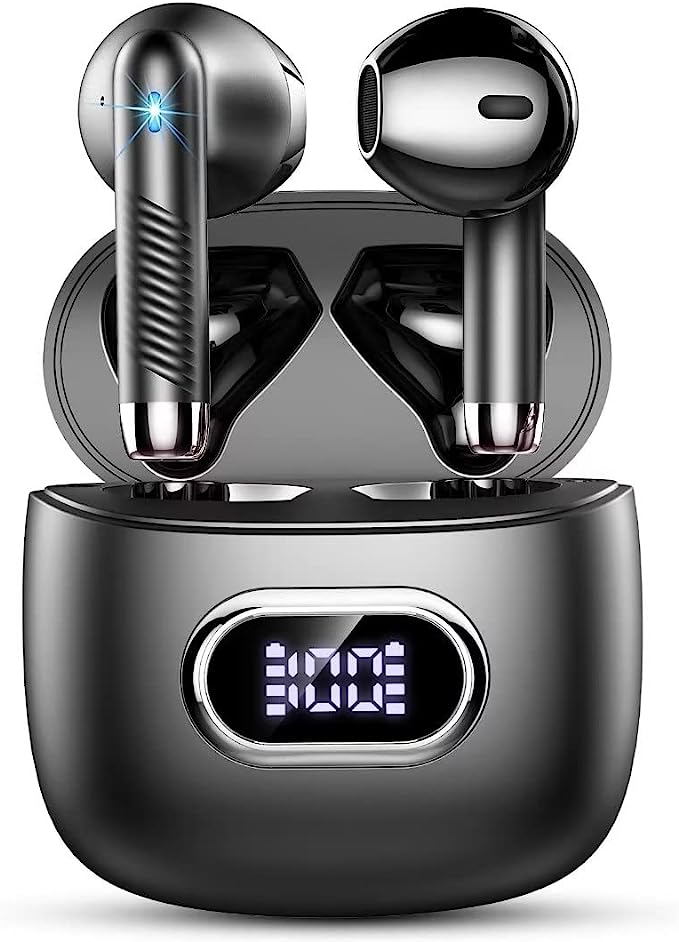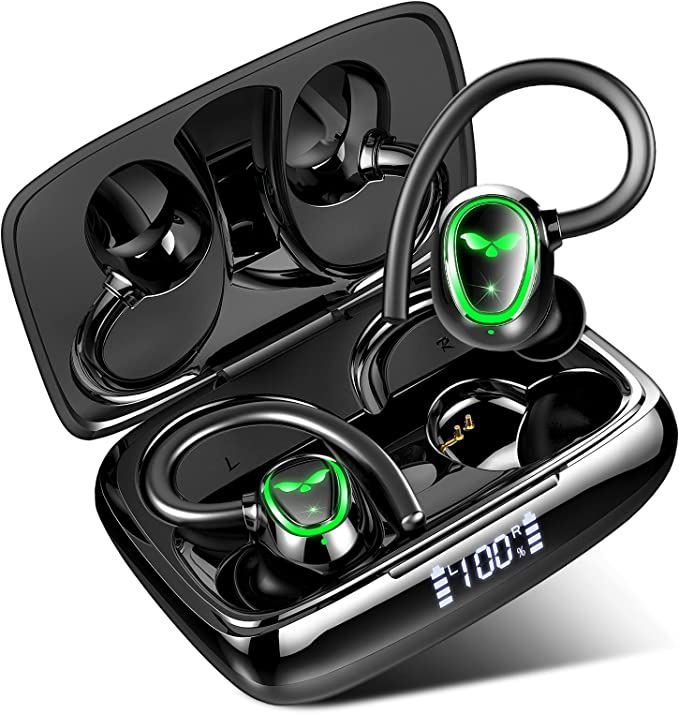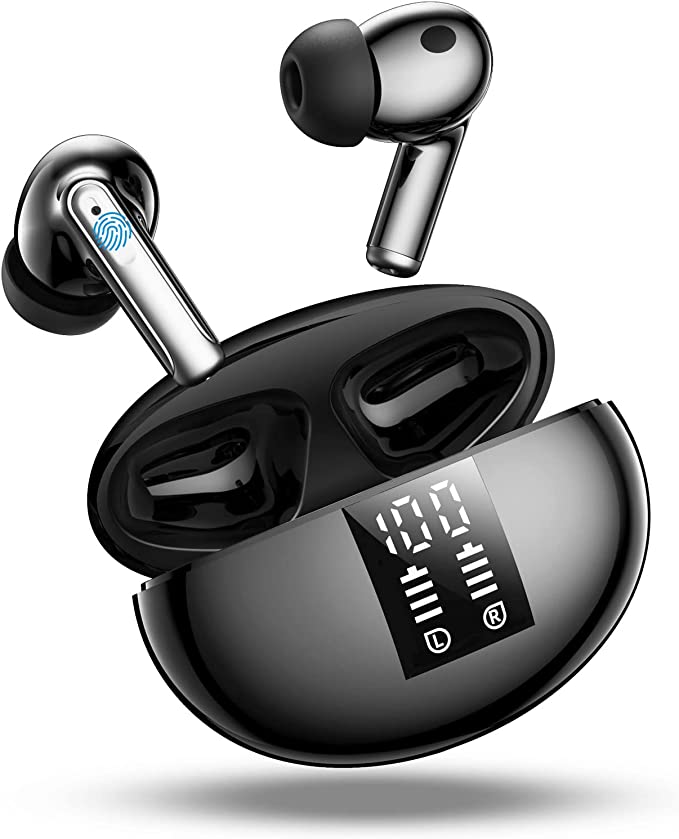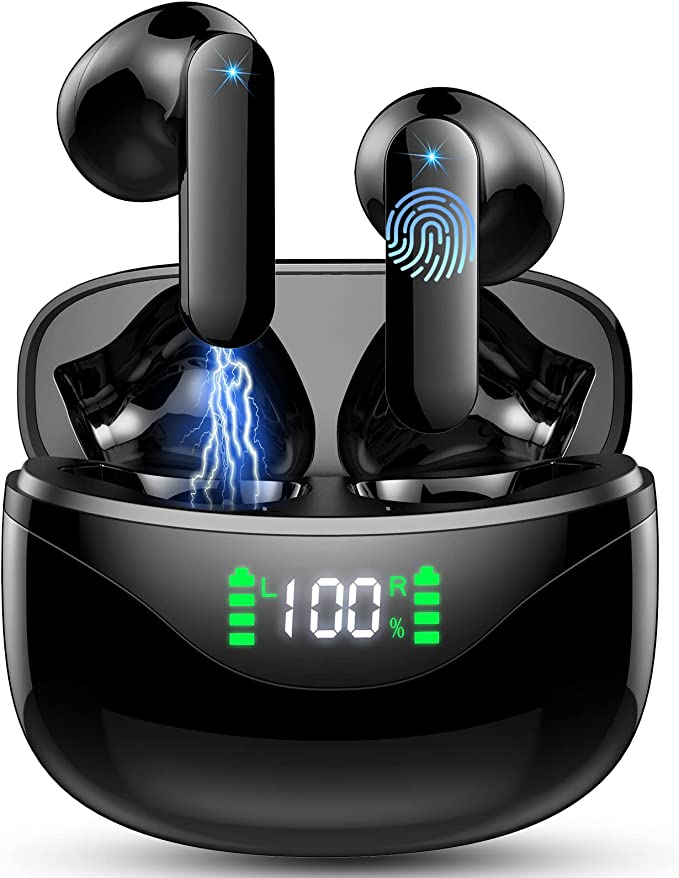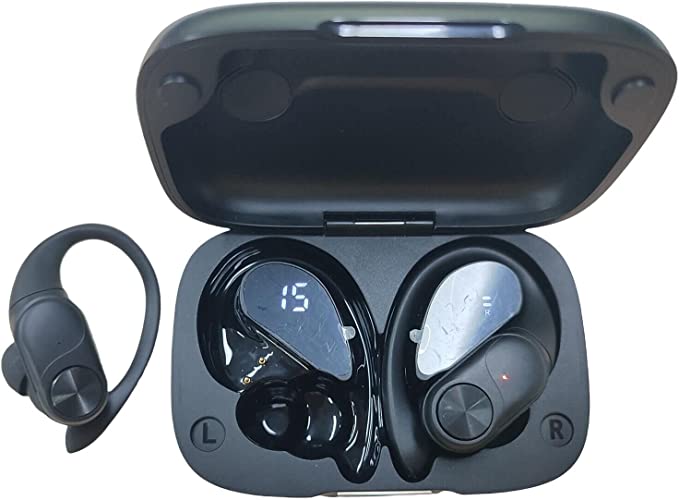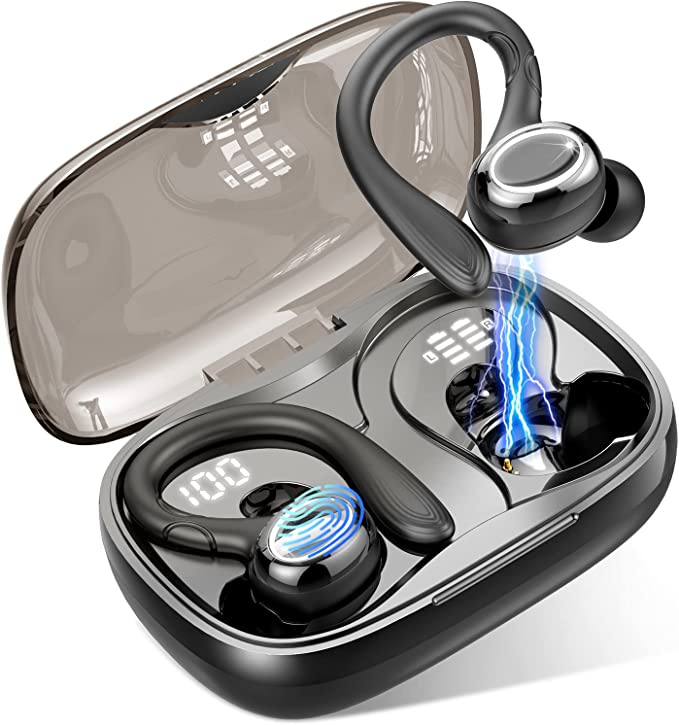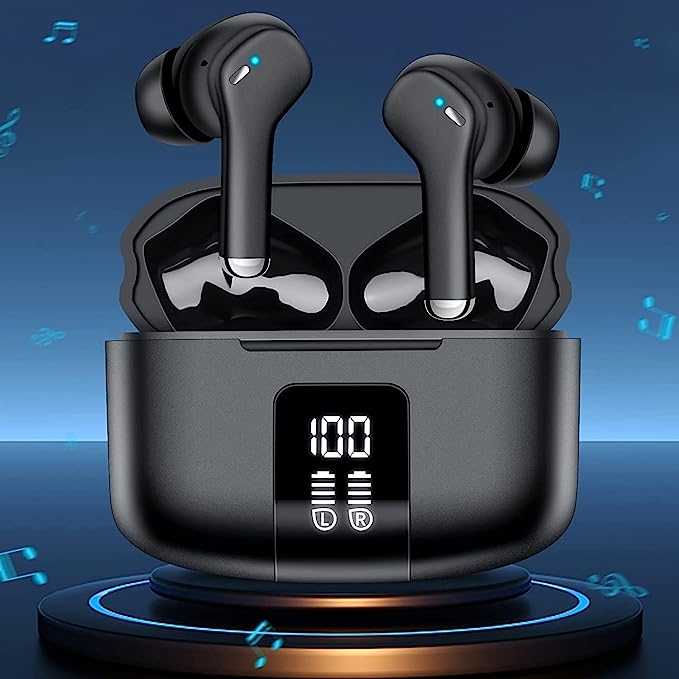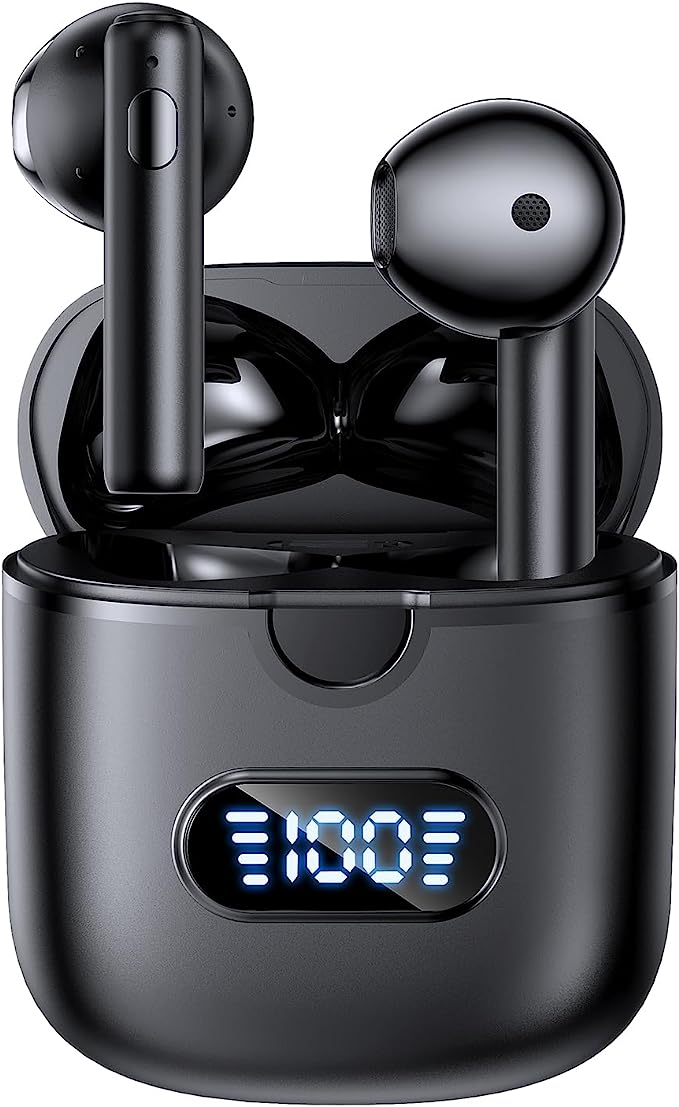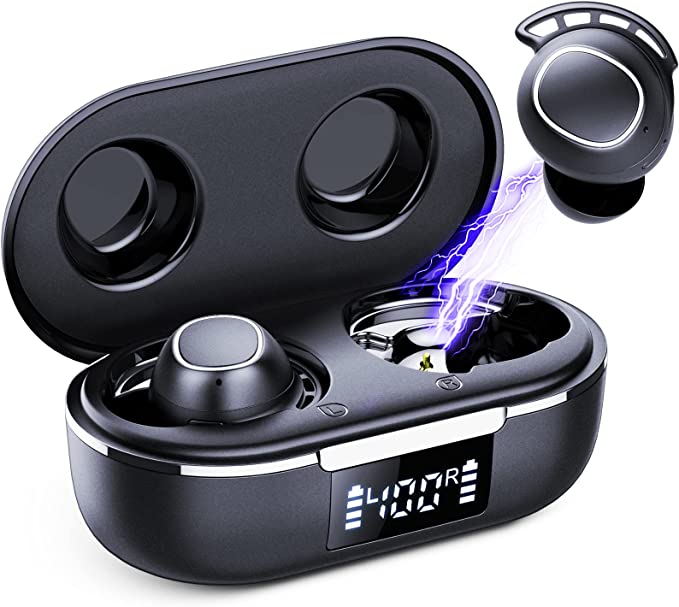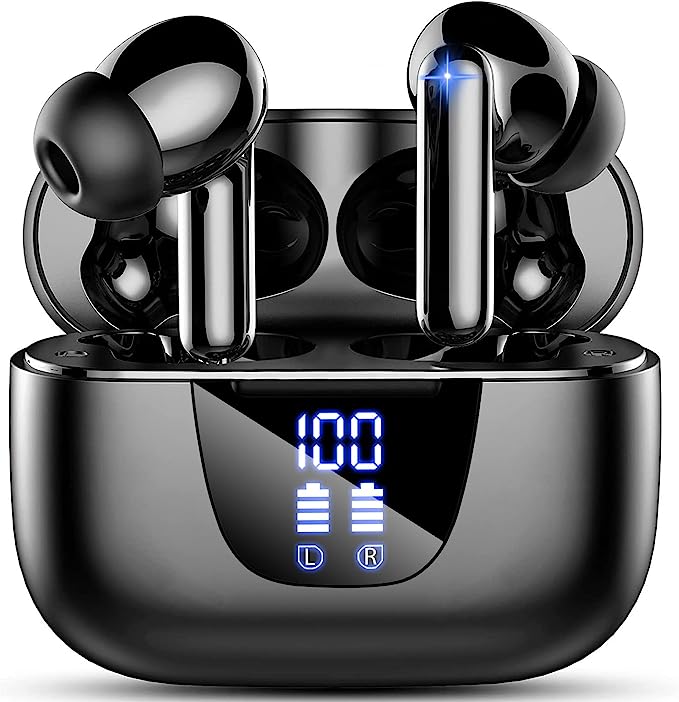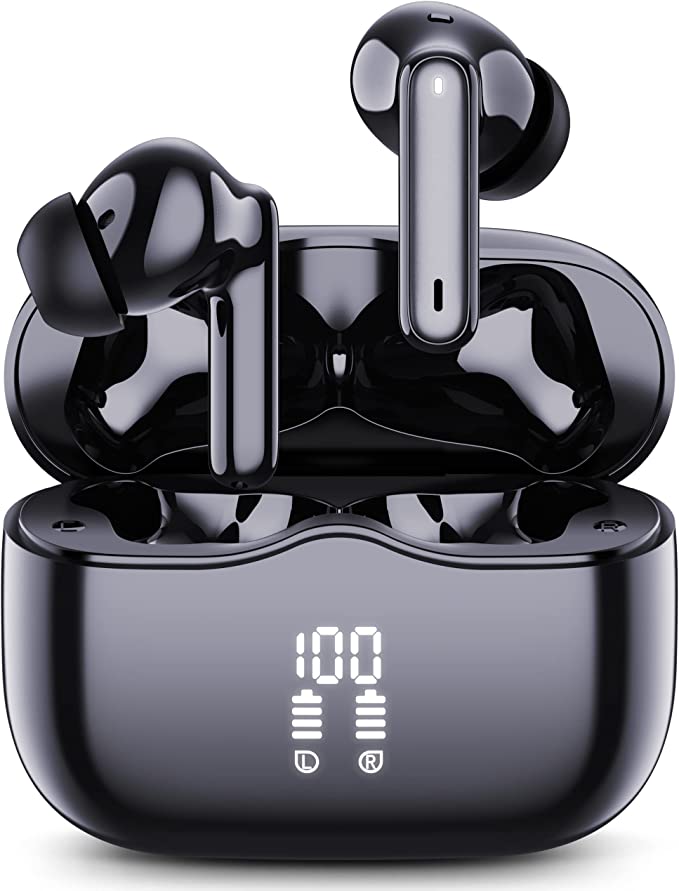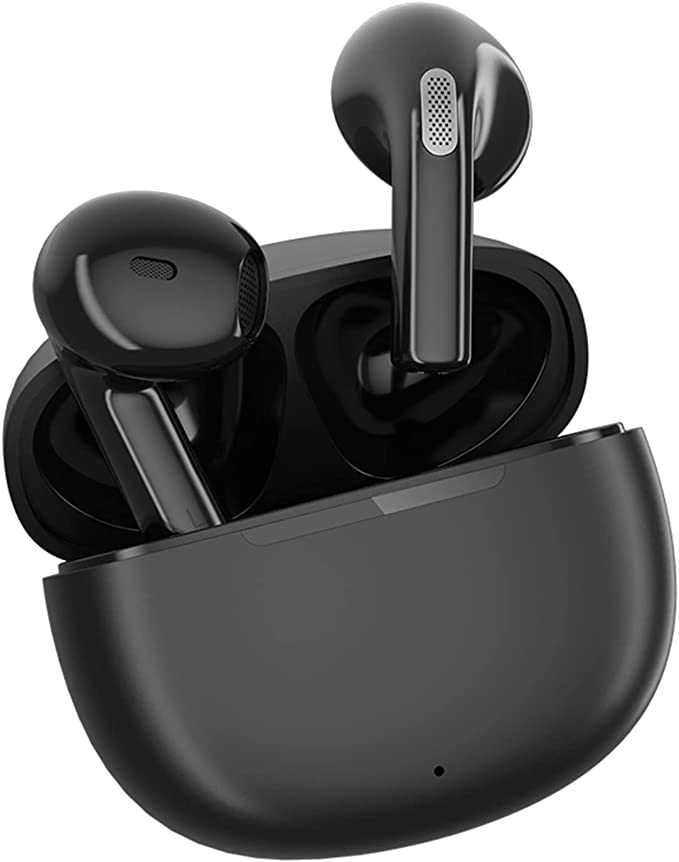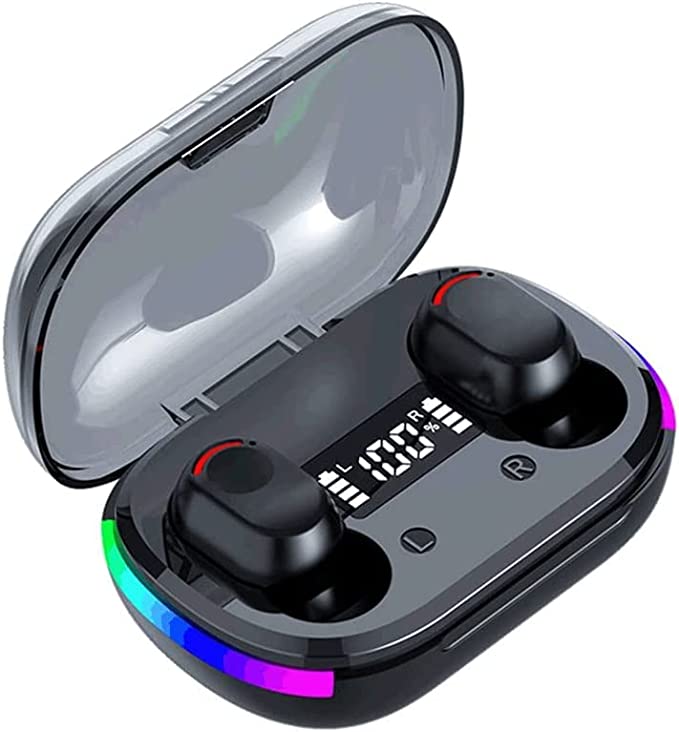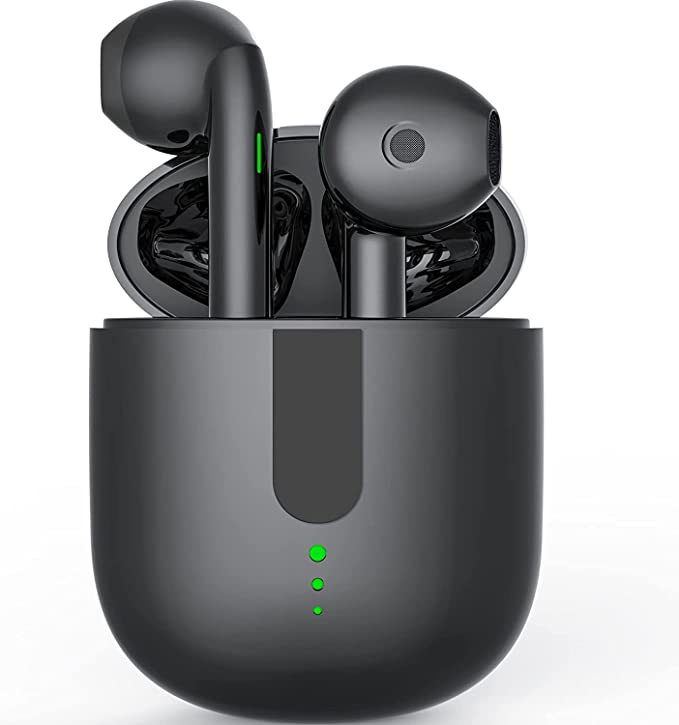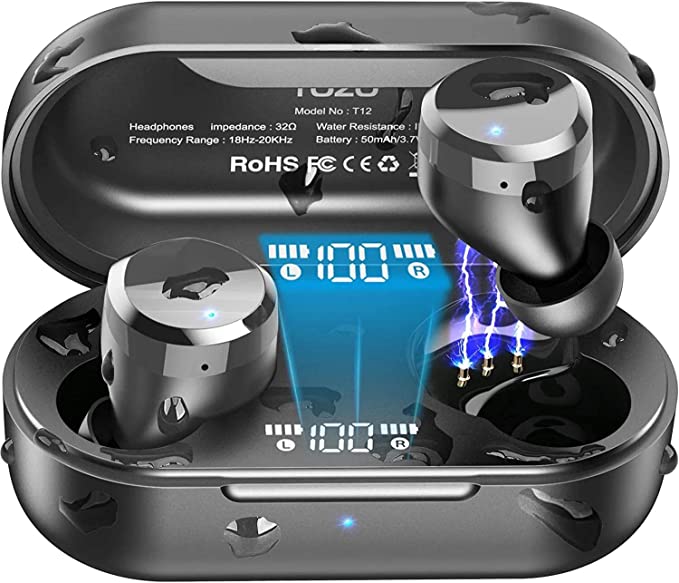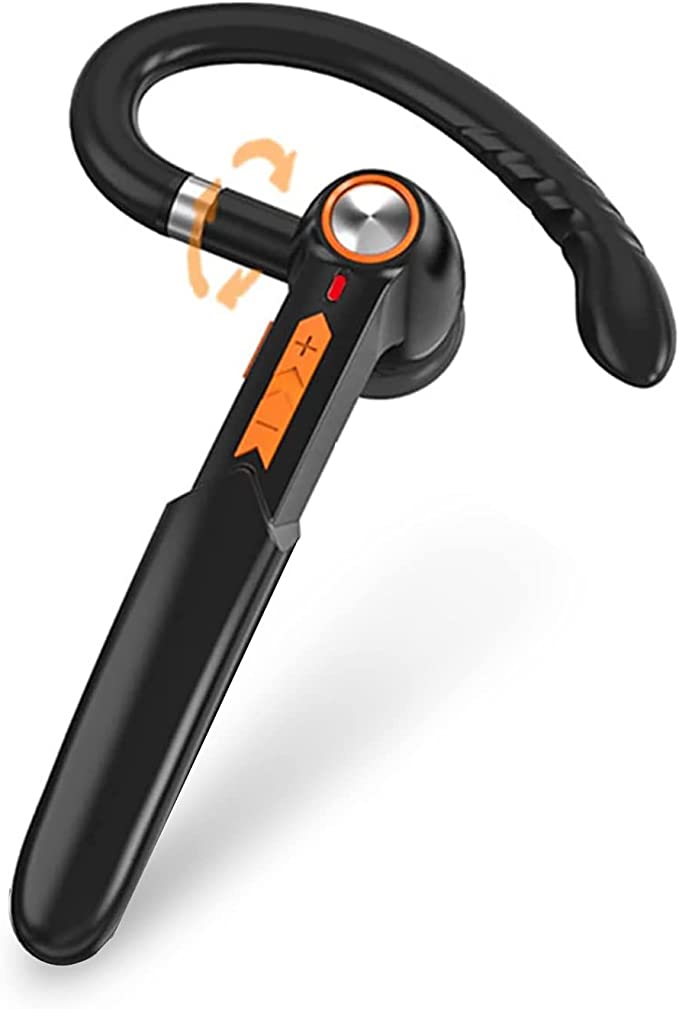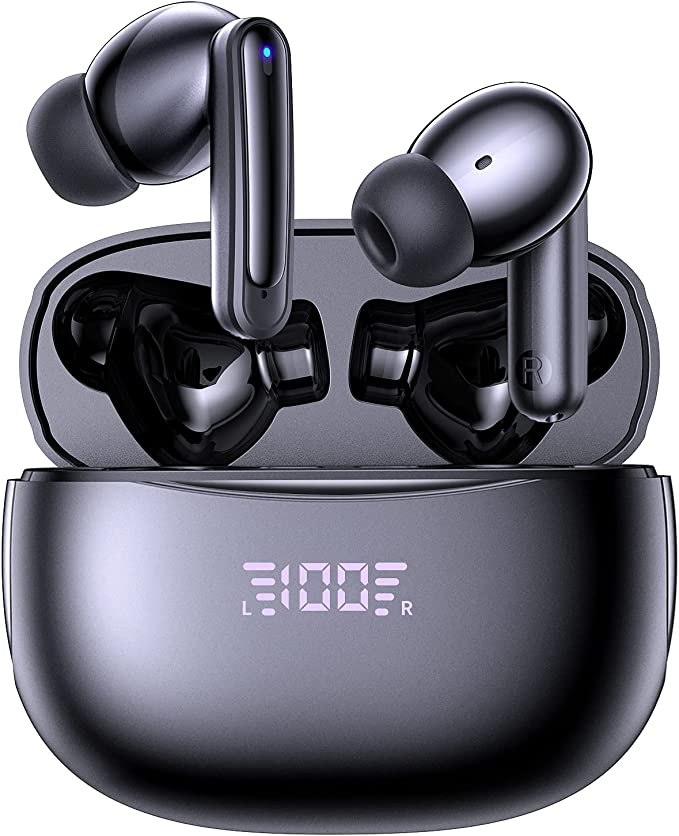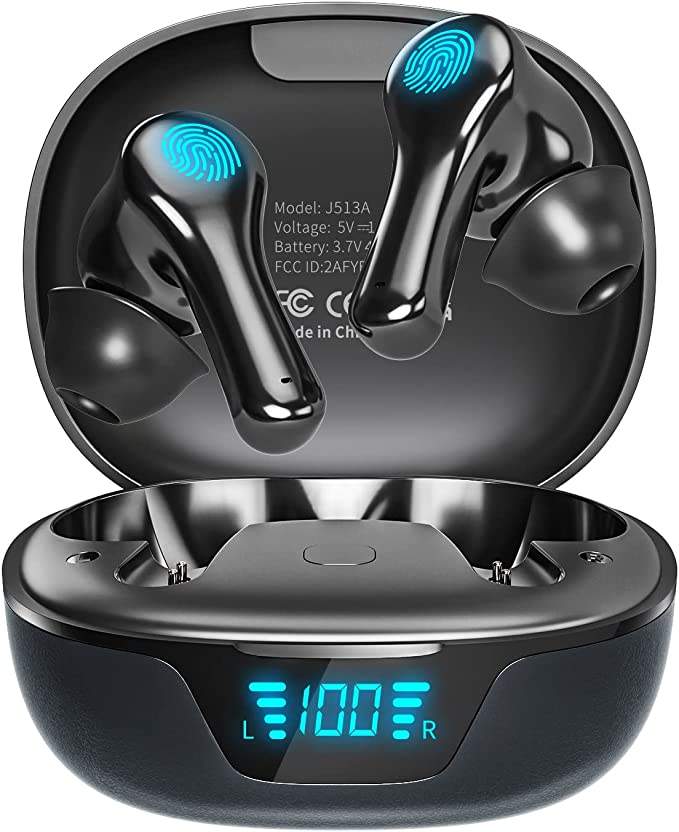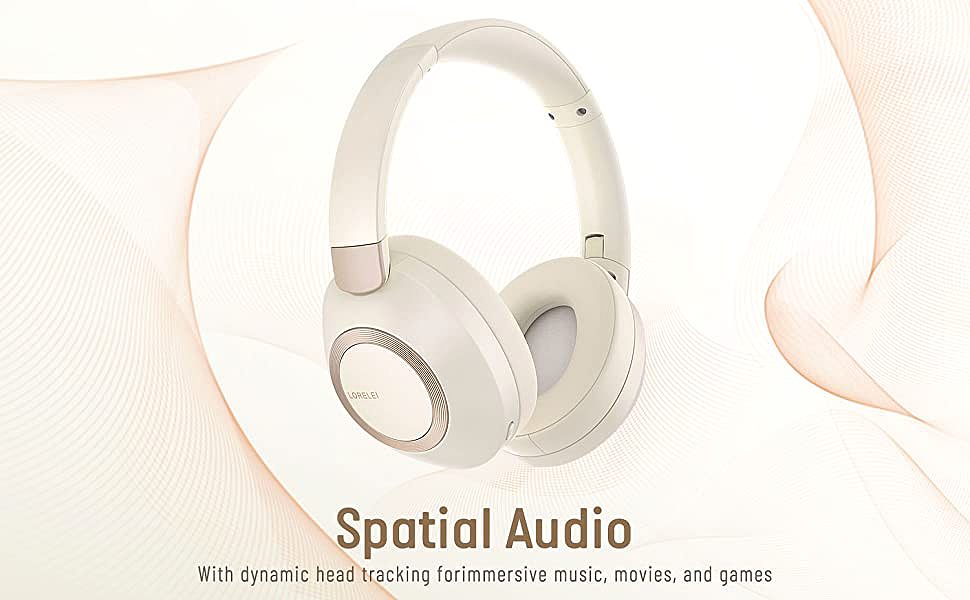The "2023" Paradox: Decoding the Dzstorm Wireless Architecture
Update on Dec. 7, 2025, 5:27 p.m.
In the crowded bazaar of budget audio, the Dzstorm 2023 Wireless Earbuds present a familiar facade: a futuristic name, a spec sheet laden with buzzwords like “Bluetooth 5.3,” and a price tag that tempts the impulse buyer. But beneath the plastic shell, what engineering reality exists?
Are we looking at a technological breakthrough, or a standard OEM solution repackaged for the modern consumer? This forensic analysis strips away the marketing gloss to examine the connectivity protocols, power management, and the controversial “Waterproof” claim.

Bluetooth 5.3: The Invisible Umbilical Cord
The headline feature is Bluetooth 5.3. In the hierarchy of wireless standards, this is a relatively recent iteration. But what does it physically mean for a budget device?
Unlike previous versions, Bluetooth 5.3 introduces refined Connection Subrating. This allows the earbuds to switch between low-power monitoring states and high-power transmission states much faster (Physics).
* The Benefit: This is the primary reason Dzstorm can claim 5 hours of battery life from a tiny cell. The chip spends less time “awake” when silence is detected.
* The Reality: While the protocol supports lower latency, the actual “lag” you hear in games depends on the audio codec (likely SBC or AAC here) and the processor speed. Don’t expect zero-latency gaming performance just because of the “5.3” badge; the pipe is wider, but the water speed is limited by the budget processor.
The “Waterproof” Mystery: A Warning from the Lab
The product listing boldly claims “Waterproof Sport Headphones.” However, a forensic scan of the specifications reveals a critical omission: There is no Ingress Protection (IP) Code.
Standard engineering practice requires an IPX rating (e.g., IPX4 for splashes, IPX7 for submersion). The absence of this code suggests the device relies on Hydrophobic Nano-Coating rather than physical rubber gaskets (Thesis).
So What? This distinction is lethal. A gasket physically stops water. A coating merely repels it for a while.
If you expose these earbuds to heavy sweat or rain, the salts in the fluid can eventually breach the coating, leading to short circuits. The “Waterproof” label is a marketing description, not an engineering certification. Treat them as “Sweat Resistant,” and never submerge them.

The Energy Equation: 300mAh vs. Real Life
The charging case houses a 300mAh lithium-ion battery. Let’s do the math.
A typical earbud battery is roughly 35-40mAh.
* Two earbuds = ~80mAh per charge.
* 300mAh Case / 80mAh Draw = ~3.75 full recharges.
This aligns with the manufacturer’s claim of “4 times” recharge, theoretically providing 25 hours total (5H initial + 20H from case) (Data).
However, lithium-ion efficiency drops with temperature extremes and cycle age. In real-world usage (volume at 70%, mixed calls and music), users should realistically expect closer to 18-20 hours of total autonomy. The LED display on the case is a crucial user interface element here, providing a voltage readout that helps manage this finite energy budget, preventing the “dead earbud anxiety” common with indicator-less cases.

TCO Analysis: The Disposable Economy
At this price point, the battery is non-replaceable. Once the 300mAh cell degrades (typically 300-500 cycles), the device becomes e-waste. * Daily Cost: If they last 1 year, the cost is pennies per day. * Long-Term: Compared to premium buds with better battery management systems (BMS), the degradation curve here is steeper. You are trading upfront savings for a shorter total product lifespan.
Conclusion: A Calculated Compromise
The Dzstorm 2023 is a textbook example of modern budget engineering. It leverages the efficiency of Bluetooth 5.3 to maximize a small battery, but it cuts corners on certification (IP ratings). For the informed user who keeps them dry and manages expectations, they offer undeniable value. For the user expecting rugged, waterproof gear, the physics suggests looking elsewhere.
